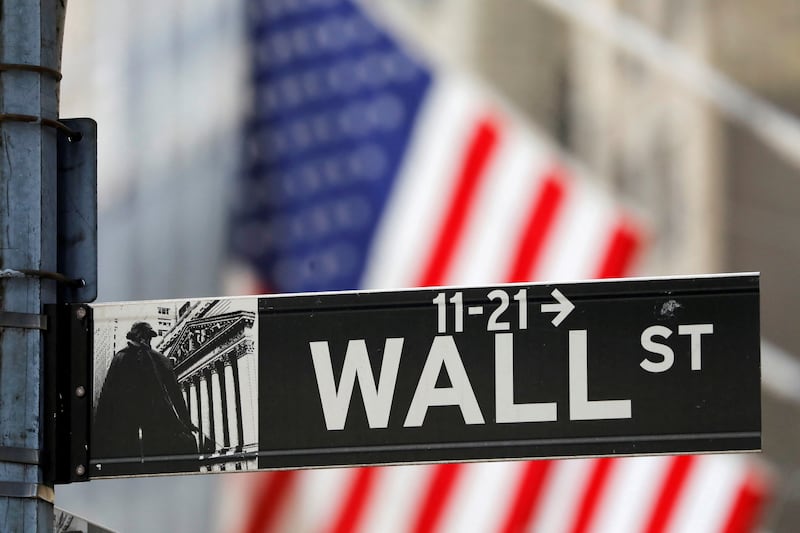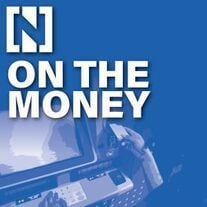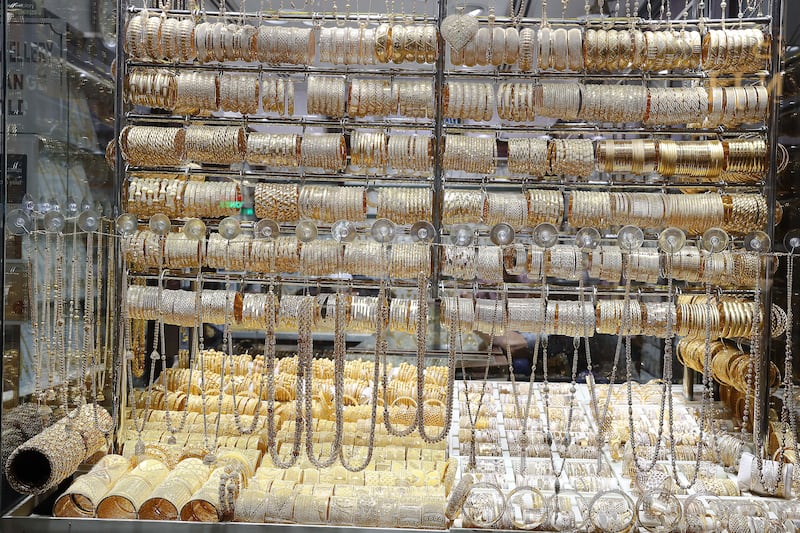Investors entered 2024 in jubilant mood, anticipating a whopping six interest rate cuts over the course of the year that would slash borrowing costs and fire up the next stage of the economic recovery.
Now, they're waking up to the fact that it's not going to happen, with markets now pricing in just two rate cuts. We may get none at all.
It’s largely the fault of the US economy, which continues to boom, keeping inflation high. The rising oil price isn't helping.
The US Federal Reserve dare not cut in these conditions, with chairman Jerome Powell bemoaning a “lack of progress” towards its objectives.
The stock market boom has faded and investors are having a serious rethink. Here’s what it means for the main asset classes – and your investments.
Stock markets
The S&P 500 made a flying start to 2024, hitting a record high of 5,264.85 on March 28. It’s now back below 5,000, but still up 4.73 per cent year-to-date.
As well as the US economy, the Israel-Iran stand-off is also rattling investors. Share prices surge and plunge by the day, depending on the latest war talk.
Joshua Mahony, chief market analyst at Scope Markets, says both sides appear to be stepping back from war right now.
“This should hopefully remove the fears within equity and energy markets,” he adds.
The prospect of higher interest rates for longer have raised concerns that the global economy could be heading for a downturn, says Fawad Razaqzada, market analyst at City Index and Forex.com.
“Manufacturing across Europe has remained weak for months, albeit the pace of the contraction has slowed,” he adds.
Everything rests on the oil price, says Jeremy Batstone-Carr, chief global economist at Raymond James.
The recent sell-off was driven by crude climbing above $90 a barrel, but it has since eased to around $85, similar to a year ago.
“The supply of oil on to world markets remains unrestricted. If the Middle East conflict escalated to the point where crude deliveries were impacted, that would be another thing altogether,” Mr Batstone-Carr adds.
Outlook: If oil climbs past $100 and heads towards $150, hang on to your hats.
Bonds
2024 was supposed to be a big year for government bonds in general and US Treasuries in particular.
The theory was that falling interest rates would slash bond yields and drive bond prices up. Now, the opposite is happening.
Yields on two-year US Treasuries started the year at 4.23 per cent. By April 19, they have climbed to 4.97 per cent, a rise of 17.4 per cent. That's a huge leap in bond market terms.
It’s bad news for those who bought bonds in the hope of making a capital gain when prices rose.
“Rising Treasury yields show that investors are coming round to the possibility that the Fed will opt to stand pat on policy throughout the remainder of the year,” Mr Batstone-Carr says.
However, Swiss private bank Julius Baer has warned that the negativity may have been overdone and today’s lower bond prices could be a buying opportunity.
Outlook: The great bond price rally may have to wait.
Cash
Skyrocketing interest rates may have been bad news for the economy, but they were terrific for savers, who finally got a decent return on their deposits after years of near-zero returns.
Many will have been dreading seeing rates fall this year, but 2024 hasn't been as painful as expected.
While long-term fixed rate bonds have fallen, as banks anticipate lower interest rates further down the line, easy access and two-year fixed rate savings bonds pay up to 5 per cent, says Savings Champion founder Anna Bowes.
“Five-year savings bonds have dipped below 4.5 per cent but may still tempt some,” she adds.
Outlook: Cash is cooking for now.
Gold
Higher interest rates would normally spell bad news for gold, which doesn’t pay interest, as investors can get higher yields on rival safe havens cash and bonds.
These are not normal times, says Ole Hansen, head of commodities strategy at Saxo Bank.
“The yellow metal continues to surprise traders and analysts, having surged more than 15 per cent this year at a time when dollar and bond yields have risen strongly, while expectations for rate cuts have slumped,” he adds.
This is on top of last year’s 13 per cent gain, but gold appears to have hit a ceiling at just below $2,400 an ounce, Mr Hansen says.
Gold souq in Dubai – in pictures
Conflict in Ukraine and the Middle East, central bank buying and rising debt in the major economies may continue to support the price.
“Fear of missing the rally creates a strong buy-on-dip mentality, too,” he adds.
However, two failed attempts to climb above $2,400 “may signal a short-term top followed by an overdue period of consolidation, or perhaps even a correction”, Mr Hansen cautions.
Carsten Menke, head of next generation research at Julius Baer, says gold’s continued rally is a “head scratcher”.
“We lift our price targets, but still see more downside than upside in the medium to longer term,” he adds.
Outlook: Gold investors have had their fun and should calm down a little.
US dollar
Many expected the US dollar to fall in 2024 as US inflation eased and the Fed started cutting. Instead, it’s up another 3.5 per cent against the euro and almost 10 per cent against the Japanese yen in 2024.
Like gold, investors see the world’s reserve currency as a safe port in a storm, whether economic or political. So, the past month has been very good for the greenback.
Higher for longer applies to the US dollar too, says Mr Razaqzada.
“Escalation of geopolitical risks in the Middle East have only added to the US dollar’s overall bullish tone.”
Outlook: King dollar still rules (for now).
Bitcoin
This was supposed to be a blockbuster year for Bitcoin, as US regulatory approval of 11 spot-Bitcoin exchange-traded funds (ETFs) drove up demand, while April’s “halving” event slashed the supply of new coins.
Unusually for crazy crypto, the story appeared to be going according to the script, with the price shooting above $70,000 to hit a new record high.
It then slumped to $61,000. It's back above $66,000, which still represents an increase of 50 per cent year-to-date.
James Sullivan, group general counsel at crypto exchange Bitstamp, says halvings happen every four years and history shows that Bitcoin's value tends to rise significantly in the months that follow.
The risk is that the halving has already been priced in.
“As any investor knows, markets do not follow rules or logic and nothing is certain, certainly in crypto,” Mr Sullivan says.
Outlook: Crypto is still impossible to call, but increasingly difficult to ignore.













